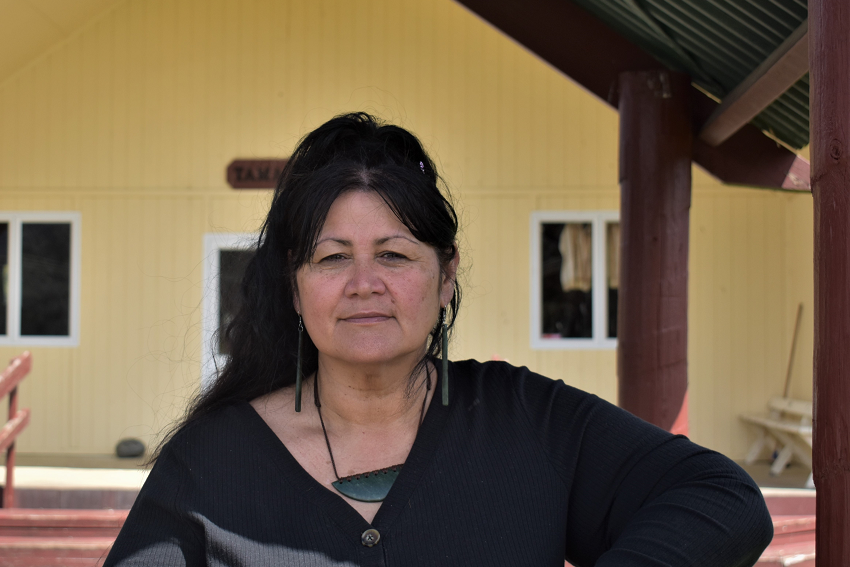Child and youth mortality rates

The latest data report from the Child and Youth Mortality Review Committee (CYMRC) analyses the deaths of New Zealand children and young people, aged 28 days to 24 years, from 2015-19.
It shows that there has been no reduction in mortality rates among children and young people, and Māori and Pacific communities carry a large burden.
CYMRC co-chair Dr Alayne Mikahere-Hall – a senior lecturer at the AUT School of Public Health and Interdisciplinary Studies, and research fellow at the AUT Taupua Waiora Centre for Māori Health Research – says 2666 pēpi (babies), tamariki (children), and rangatahi (young people) died over the five-year period.
Many of these deaths were preventable. The most common causes of death were suicide, transport incidents, cancer, and sudden unexpected death in infancy (SUDI).
“It is unacceptable in this day and age that Māori pēpi are six times more likely to die from SUDI compared to non-Māori pēpi. Even more shocking is that Pacific pēpi are eight times more likely to die,” says Mikahere-Hall.
“While strong progress was made in reducing mortality rates of pēpi, tamariki and rangatahi in the past, that momentum has been lost and mortality rates have remained stagnant over the past five years. We find this unacceptable.”
CYMRC co-chair Dr Matthew Reid (Medical Officer of Health at the Public Health Unit for Canterbury and the West Coast) says, current health and disability system reforms and the establishment of a new Māori Health Authority present real opportunities to address the structural changes that are needed, not only within the health system but in society.
“The Government’s commitment to a reformed health with a mandated priority to address inequities is timely. We know there are pockets of excellence across Aotearoa where Māori and Pacific-led health services are making a real difference, and we urge new health agencies to support these and similar innovations,” says Reid.
“We need improved interventions in health and across government and society that are appropriate for Māori and Pacific pēpi, tamariki and rangatahi to help address inequity.”
Mikahere-Hall says, a higher priority must be placed on reducing these shameful statistics.
Children and young people with the highest socioeconomic deprivation (NZDep Decile 10) are three times more likely to die than those with the least deprivation (NZDep Decile 1).
“Every pēpi deserves the very best start in life. This report represents the lives of 2666 pēpi, tamariki and rangatahi who died far too young. We call on all government policymakers, funders and service providers to examine the structural differences that interrupt quality of life,” says Mikahere-Hall.
The Child and Youth Mortality Review Committee (CYMRC) is a statutory committee that is accountable to the Health Quality and Safety Commission. The CYMRC advises the Commission on how to reduce preventable deaths of children and young people in New Zealand.